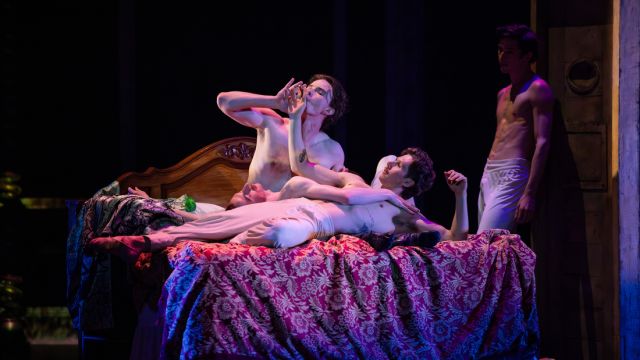Oscar
Christopher Wheldon’s full-length narrative ballet about the life and work, loves and gay martyrdom of Oscar Wilde leaps beyond the usual heteronormative stories of the Australian Ballet.
Artistic director David Hallberg looked especially proud at Sydney’s opening night, even as he was gently hosing down any conservative reaction in the audience. A few rows left but almost all were on their feet by the end.
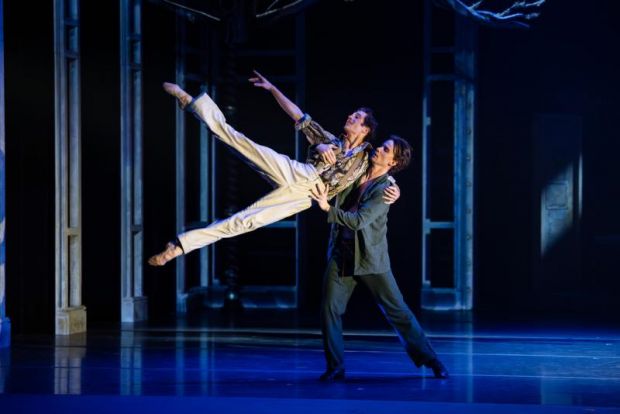
With Wheeldon’s delight in musical theatre (Alice in Wonderland, MJ the Musical, An American in Paris), the lawyers kick off first, dancing pragmatically with benches as the court room is set for the Oscar’s 1895 trial for gross indecency.
Wilde is sentenced to two years hard labour in Reading Gaol, and in his tiny cell escapes into memories of family picnics with his two sons and dancing (classically) with his wife Constance, and jostling through London scenes of literary and social adoration. There are vignettes around Wilde’s favourite actresses of the time, Lillie Langtry, Ellen Terry and Sara Bernhardt – but blink and don’t read your program and you’ll miss them.
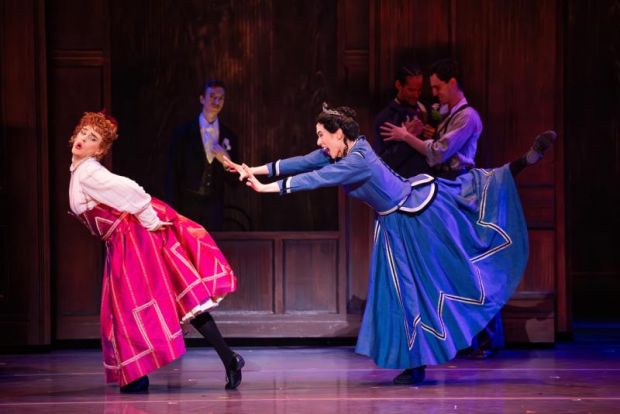
These mid-Act I scenes are well-produced and entertaining, if choreographically unremarkable. The rigour returns with segues drawn from Wilde’s autobiographical tale of the Nightingale who dies in her quest for a red rose with which a clumsy student can impress his lover; but her sacrifice for love is cruelly wasted.
Ako Kondo is exquisitely detailed as the hovering Nightingale, as is the beauty of Joby Talbot’s full symphonic score before it yet again sweeps with Wheldon’s choreography into other musical modes. (Oscar is their fourth ballet together). Driving these quick changes is music director Jonathan Lo conducting the Opera Australia Orchestra.
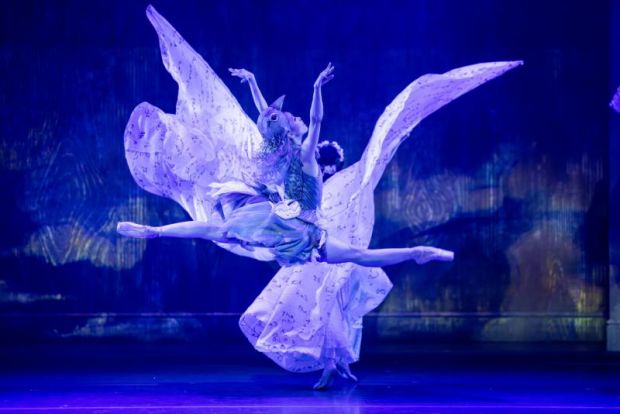
The heat quickens as Oscar (Jarryd Madden) dances with Robbie Ross (Joseph Caley), his first gay love and life-long friend, with Caley expressively moving into subtle seduction, and Madden following his steps, initially keeping a careful eye out for Constance (an engaging, all smiling Sharni Spencer).
Music and choreography snaps to music hall when Ross introduces Oscar to a gay molly house – and a more louche kind of adoration – as drag queens kick up their heels (a brilliantly carefree Marcus Morelli and Elijah Trevitt).

Jean-Marc Puissant’s magnificent set of ridged high arches (lowered to a more suffocating height for molly house intimacies) with its late Victorian architecture and labyrinthine entrances unobtrusively transitions to each setting (darkly lit but focused by Mark Henderson). Puissant’s costumes are sleek, perfectly period, some masked and fantastical in the Nightingale sequences.
Act II takes a darker turn as Wilde’s anguish and ill-health builds, Talbot’s score turns more contemporary and techno – creaking now with prison sounds - and Oscar’s nightmares turn to The Picture of Dorian Gray. Maxim Zenin is suitably nasty as the self-obsessed Dorian, and Madden’s Oscar interposes himself artfully into the portrait of Dorian as it’s transfigured in the attic by the moral decay of this ageless youth.

Wilde’s great love, Lord Alfred Douglas (Bosie), was in truth not much better, but young Adam Elmes creates with Madden a heart-felt pax de deux, interestingly, without the many lifts, leaps and circling familiar in conventional romance ballet. Instead, these lovers are often entwined, limbs and bodies reaching but always close, often grounded, and a choreography sensual and inventive with surprises. Never in classical ballet have you seen lovers passionately kiss as much as these two.
Another thrilling Wheeldon signature (a rugby inspiration perhaps) is his dancers crowding together with characters emerging from the circling mass. It’s agonising to watch when Bosie leads Oscar on a dance of decadence through London’s underbelly. Wheeldon, incidentally, is skilled too at the artistry of suggestive sexual movement without being explicit, just as Oscar Wilde was in words!
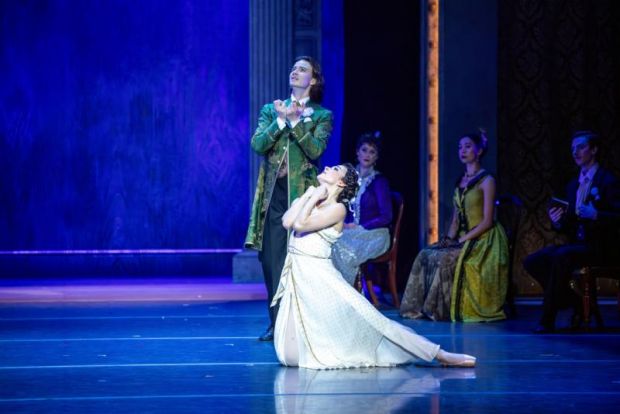
But how do you dance a literary character like Wilde? Jarryd Madden handles the choreography masterfully but lacks a theatrical power to move us. Some four dancers swap in the role, including Principal Artist Callum Linnane, a compelling actor/dancer, used in all the Oscar imagery and acclaimed in the Melbourne world premiere yet, oddly, not featured in the Sydney opening.
We’ll just have to see it all over again – when this exhilarating complex production will surely soon be somewhere else in the world.
Martin Portus
Photographer: Daniel Boud
Subscribe to our E-Newsletter, buy our latest print edition or find a Performing Arts book at Book Nook.

